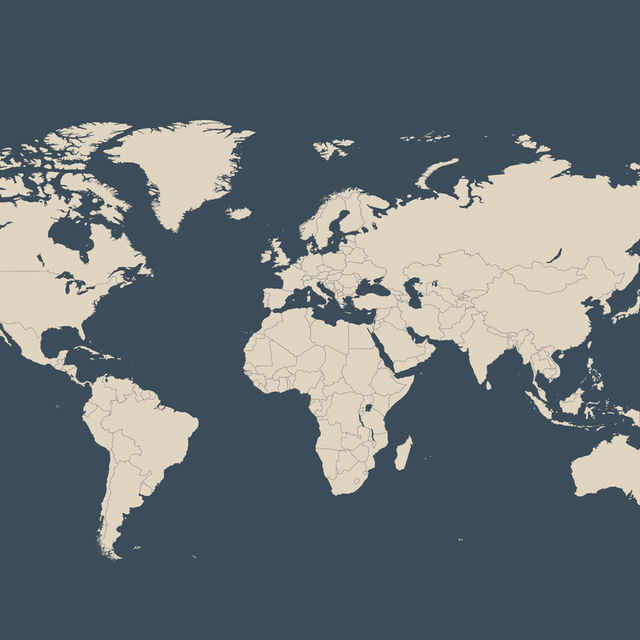What does the project involve?
The project started in October 2022 and is expected to run for two to three years. There are several stages to the JLA process, each of which involves patients, and professionals working together.
These stages are:
Stage 1a – Establishing the Steering Group
A Steering Group is required to coordinate the PSP and organize the project. They create a plan of action, ‘protocol’, for the project. The Steering Group is Chaired by an adviser from the JLA. Members of the Steering Group include people with the lived experience of menopause and professionals who care for them. Our global steering group includes healthcare providers across numerous disciplines: gynecology, endocrinology, specialist nurses, primary care providers, psychiatry, and epidemiology.
Learn more about our Steering Committee
Stage 1b – Identifying potential ‘Partners’
Menopause advocacy groups and professional organizations or primary and tertiary providers who care for menopausal women are invited as partners. Partners are trusted organizations in the field of menopause. Partner organizations are asked to disseminate a link to the online surveys through their networks and may participate in the final priority setting workshop (see below). Complete the online form if your organization would like to partner with MAPS.
Stage 2 – Gathering the ‘unanswered questions’
Questions are gathered from people with lived experience of menopause and health care professionals who care for menopausal patients via an online survey.
The survey asks their opinions about important gaps in menopause research .
Stage 3 – Summarizing the responses gathered
All the questions generated from the survey respondents are reviewed by the PSP. Similar responses are combined to form summary questions, and those out of scope are removed from the prioritization process. The questions are formed in plain English, not as research questions, so they are clear, concise, understandable to all, and can be addressed by research.
Stage 4 – Evidence checking
These summary questions are checked against existing research evidence to see if they have already been answered. Any questions that have already been answered are removed.
Stage 5 – Interim priority setting
This stage is taken to reduce the long list of summary questions to a shorter list. To do this, respondents complete another online survey where they are asked to select their most important questions. A shortlist of about 18-25 unanswered questions is formed.
Stage 6 – Workshop
The shortlist from Stage 5 is discussed in a workshop attended by those with lived experience of menopause and health care professionals who care for them. Together they agree on the ‘Top 10’ list of menopause priorities. The JLA advisor facilitates this workshop and ensure the process is carried out fairly.
Stage 7 – Publish and promote the Top 10 priorities
The Top 10 is announced, published on the JLA website, and promoted to researchers and funders. We want to encourage researchers to focus on research based on the priorities identified and research funders to work on these priority areas.
The plan to promote the top priorities includes:
- Publish our findings in a high impact journal
- Publish a final report
- Ask our partner organizations to promote them via their networks
- Highlight on social media
- Present at professional conferences
Learn more about the process through the JLA Process diagram.
More information about the process is available on the James Lind Alliance website.

